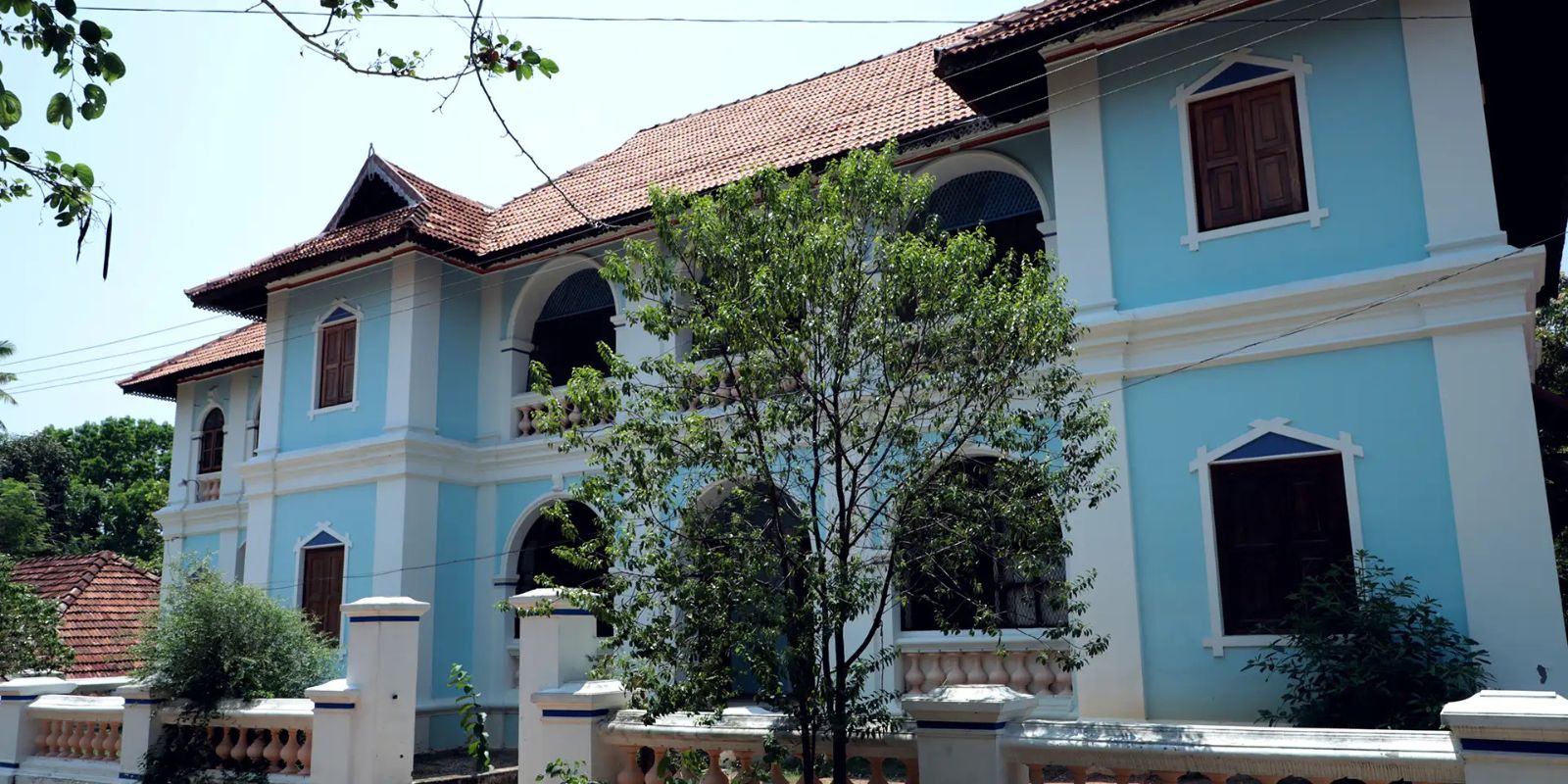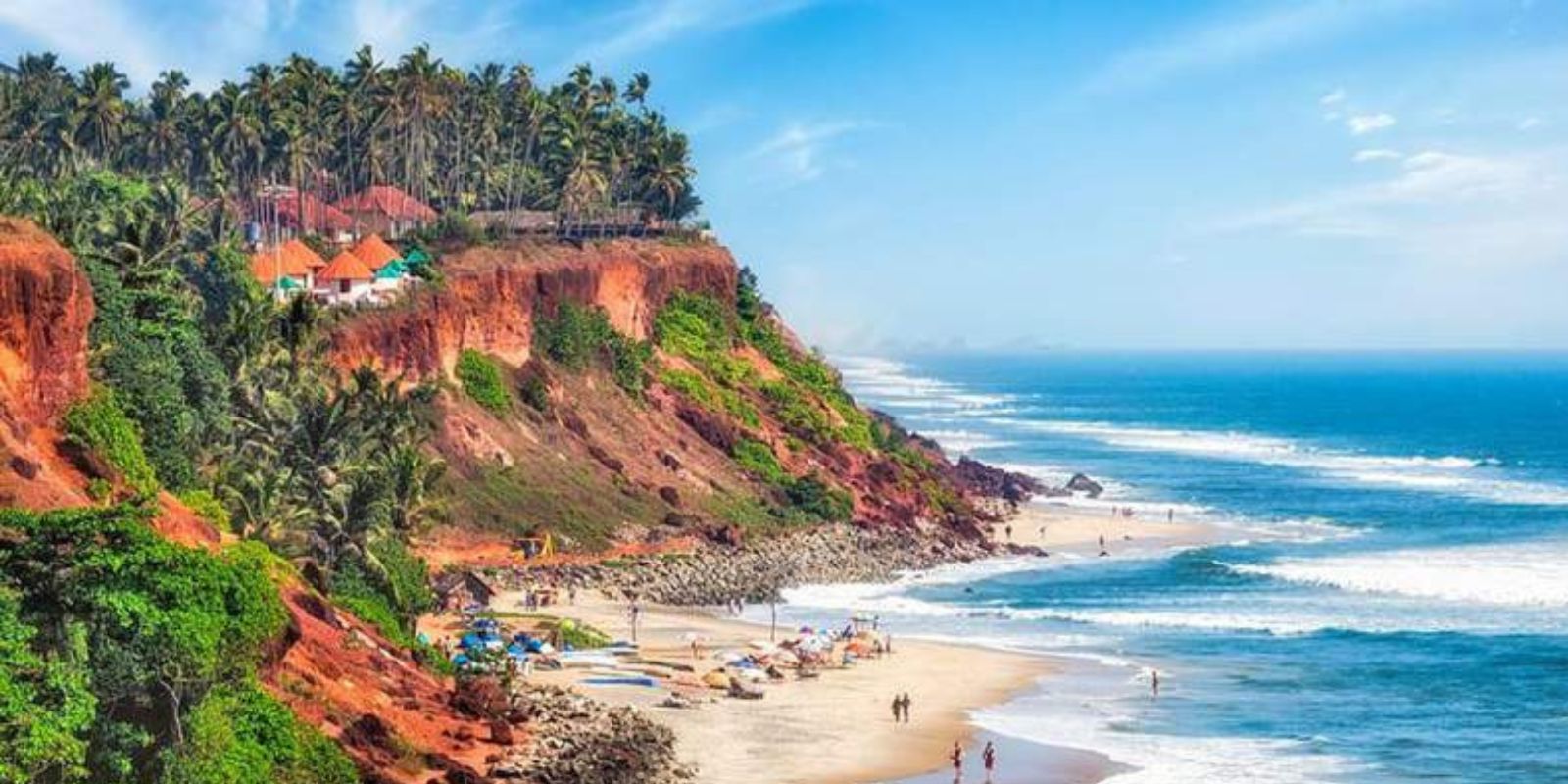At Anchuthengu, wind and wave tell stories that history books often forget. The sea crashes against ancient bastions, and in that roar, you may hear a distant drumbeat of power, trade, and passage. For the seeker, this is not just a fort it is a vantage point to reflect on how far the soul can travel when it listens deeply.
Why This Experience Matters
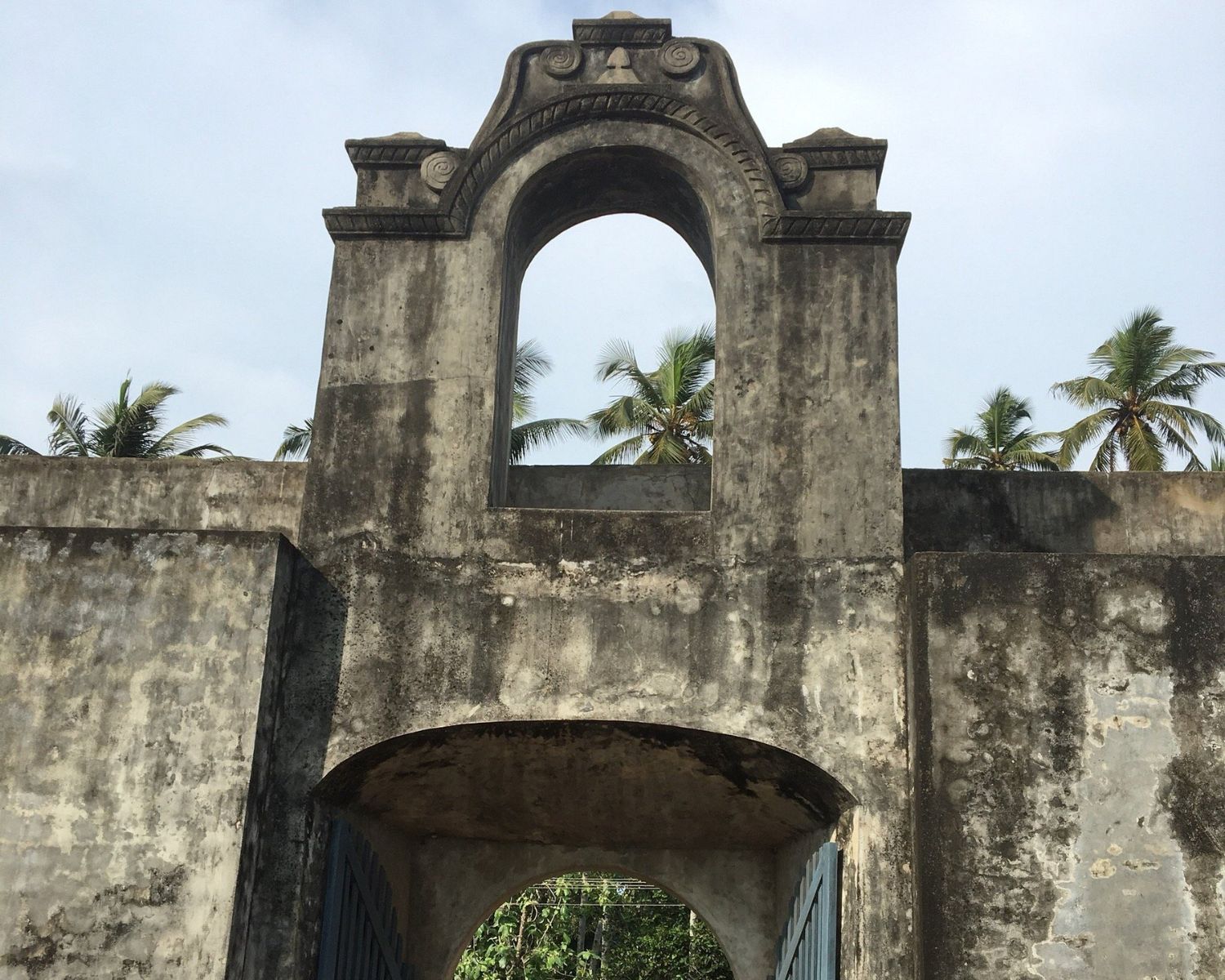
Standing on these weathered stones, your gaze stretches far over the Arabian Sea. Here, awareness opens vast and salt-kissed teaching that time, like tide, both erases and remembers. Anchuthengu awakens a deeper knowing that every conquest fades, but stillness remains.
A Living Legacy
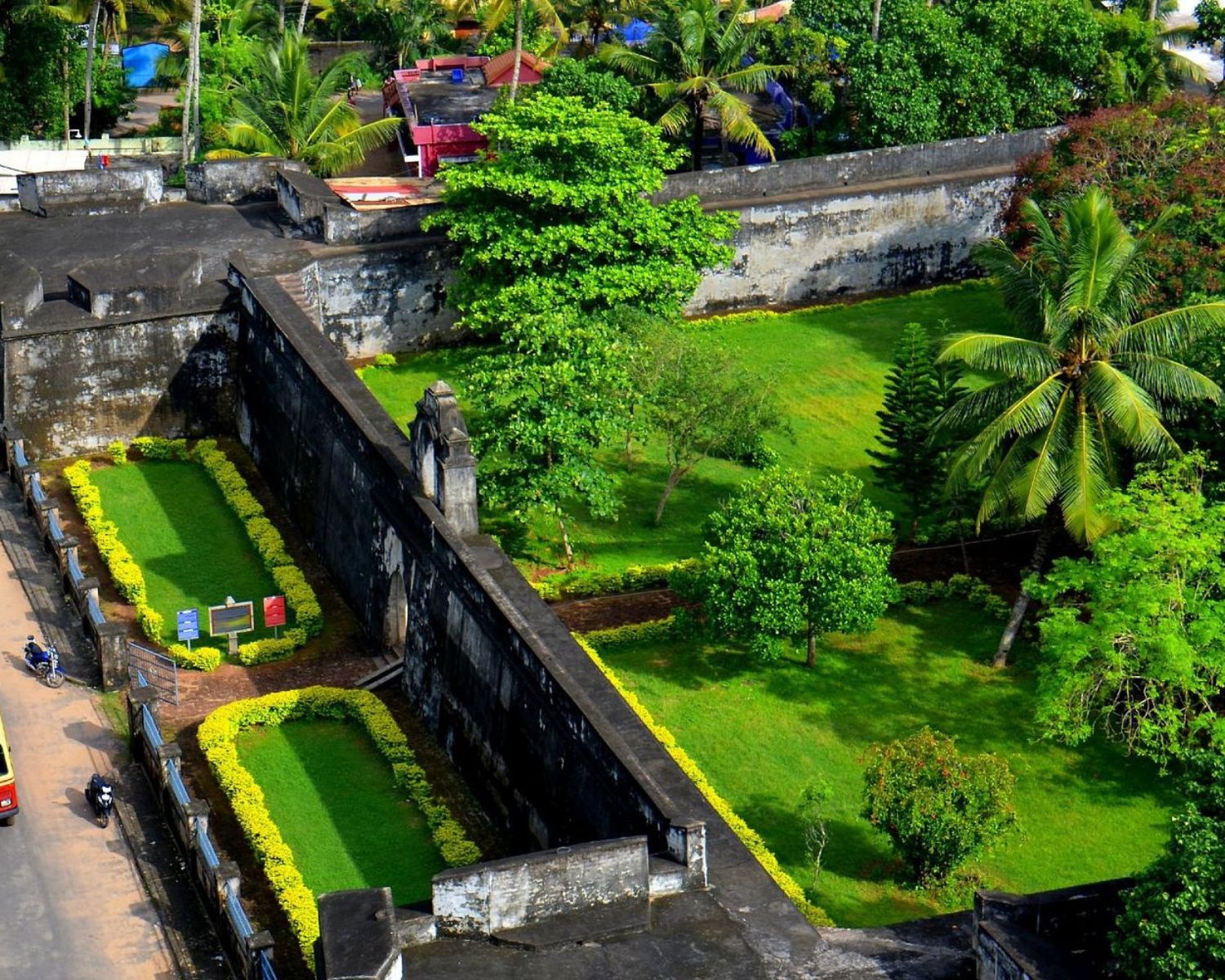
Constructed in the late 17th century (1696) by the British East India Company, Anchuthengu Fort served as a strategic trading post and signaling base between India and London. Built with laterite stones and coral, it stood as a maritime hub, guarding spices, sailors, and ambitions. Today, its silent bastions no longer house muskets but memories of shifting empires and enduring horizons.
Traditions That Still Flow
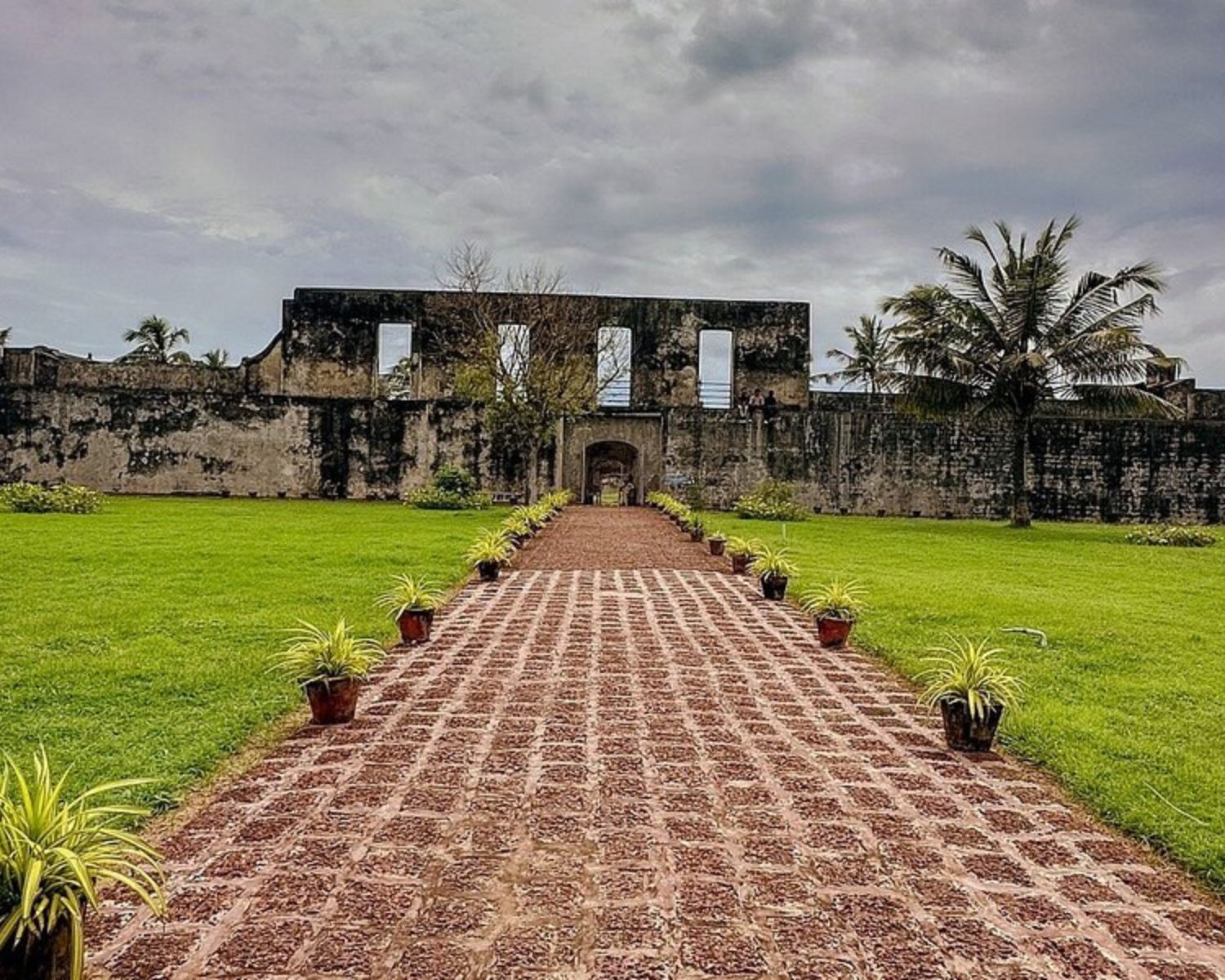
Though no rituals fill its corners now, the fort sits within a living village where temple bells still chime. Fisherfolk cast nets as their ancestors did, and local legends of colonial encounters ripple through tea shops and evening conversations. The nearby Janardanaswamy Temple in Varkala, just a short journey away, preserves sacred rhythms that outlasted foreign rule.
What to Expect During Your Visit
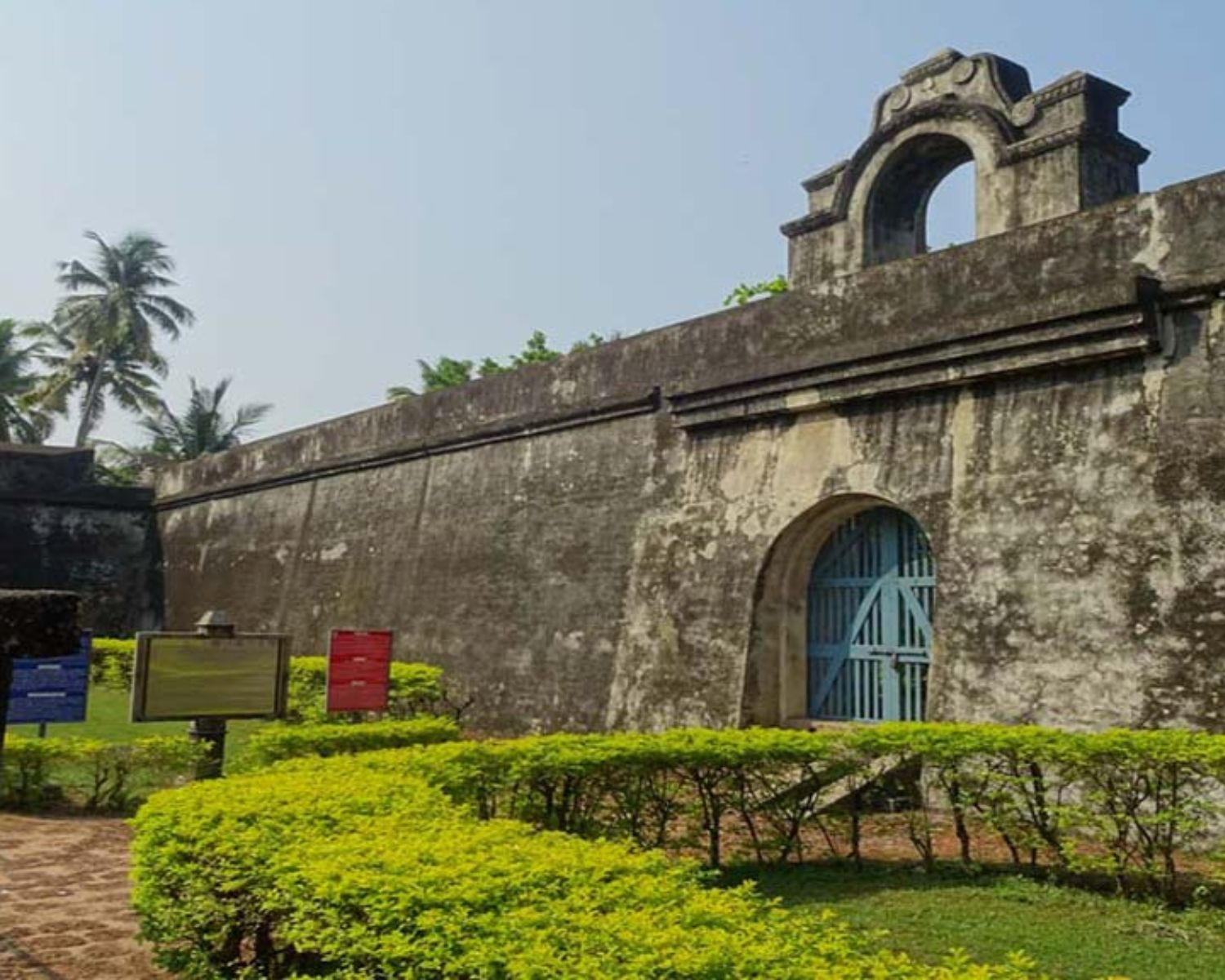
The sting of sea salt on your lips as wind rushes in.
Rust-colored moss spreading like memory across the fort walls.
The view from the ramparts ocean to one side, coconut groves to the other balancing the infinite with the intimate.
And silence not the absence of sound, but the fullness of space.
A short and serene visit of 30–45 minutes, best taken slowly.
Wander through the open courtyard, climb the low ramparts, pause at the southern walls for the most expansive sea views.
Best visited during golden hours just after sunrise or before sunset for mood and light.
Practical Guidance
- Best time to visit: October to March for cool coastal breezes.
- Getting there: 12 km south of Varkala; auto-rickshaws and bicycles offer scenic rides.
- Accessibility: Flat terrain, but no ramps or handrails; elderly-friendly with care.
- Tickets: Entry is free; guided local tours available on reques
Travel Tips & Etiquette
Guidelines
- Entry timings: Open daily, sunrise to sunset.
- Ticket price: Free for all.
- Facilities: No restrooms inside; basic amenities available in nearby village.
- Guided tours: Check with local Varkala tourism offices or village panchayat.
Restrictions
- Respect the space as a quiet heritage site.
- No littering carry your serenity out with you.
- Photography is allowed, but be mindful of local residents.
- Avoid climbing fragile structures; many walls are centuries old.


